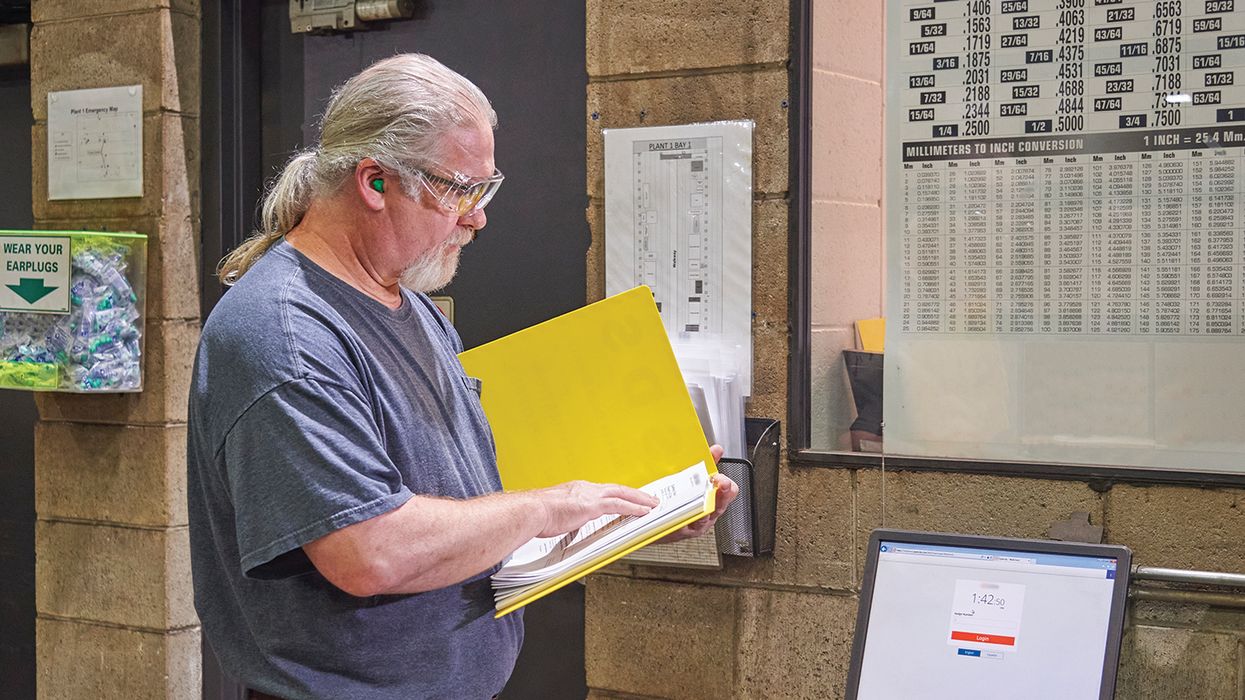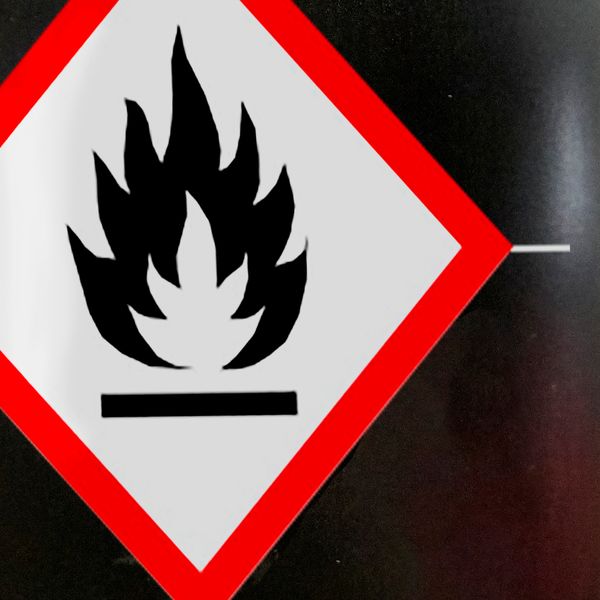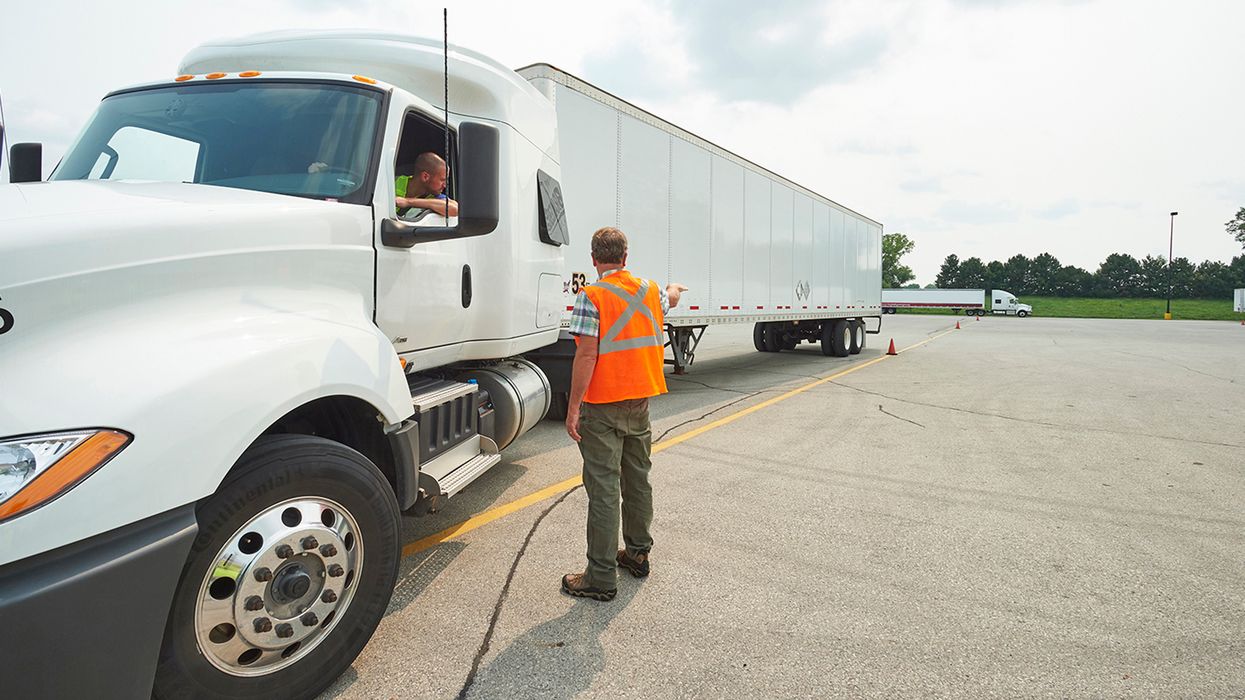NewsIndustry NewsSafety and Health Programs and TrainingSafety & HealthConcrete/Masonry ConstructionGeneral Industry SafetySpecialized IndustriesSafety and Health Programs and TrainingIn-Depth ArticleHazard CommunicationUSAEnglishFocus AreaHazCom Information and Training
Training Blueprint--It's a new year!
2021-01-11T06:00:00Z
This issue of the HazSafety Training Advisor discusses need-to-know information as it relates to HazCom, HAZWOPER, HazMat, and HazWaste when working on construction sites indoors. The information in this newsletter is designed to help employees understand hazards they may encounter while on the job. Consider including company-specific information in your training, in addition to the information in this newsletter. Ideas for covering training related to this topic include:
- Explain how the company HazCom written plan addresses multi-employer worksites, and how they will be informed of hazards on jobsites and the location of SDSs. Tell employees who they can ask if they have questions about any hazards on a jobsite or wish to know where to find the SDS for that jobsite.
- Review the company’s emergency action plan for reporting leaks and spills and evacuating. Emphasize that employees who are not to respond to spills unless they have been trained to the level required by the job function and responsibility.
- Review materials of trade that are commonly used at your facility as well as the quantity limits, proper packaging, and proper marking for those materials.
- Provide trainees with the name of the person they should contact if they’ve found hazardous waste at a jobsite. Discuss the asbestos control plan, and show all signs labels used to warn employees of the presence of asbestos.
- Identify competent person on any construction sites that require one, and explain what the competent person’s responsibilities are.
- Show employees where they can find personal protective equipment in your facility.
- Provide employees a basic idea of “Right to Know” and allow them to ask questions if they are confused about it.
- Hold five-minute talks where you provide real life scenarios of chemicals or hazardous materials releasing into a workplace. Explain what went wrong and what went right.
- Let employees know if they have questions regarding your written plan to ask. Ensure all employees understand their roles within your plan and make sure your train employees who are required to respond to emergencies, accordingly.
- Provide employees a quiz on hazardous chemical materials and test their knowledge. Provide training after and quiz them again to gain a better understanding of how comfortable they are with the material.



















































